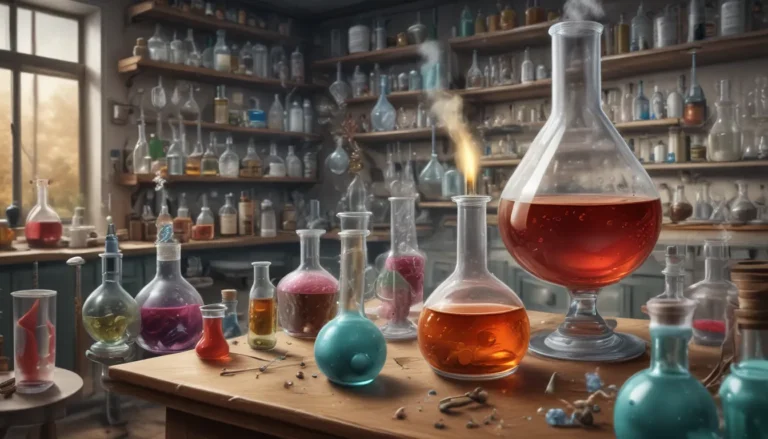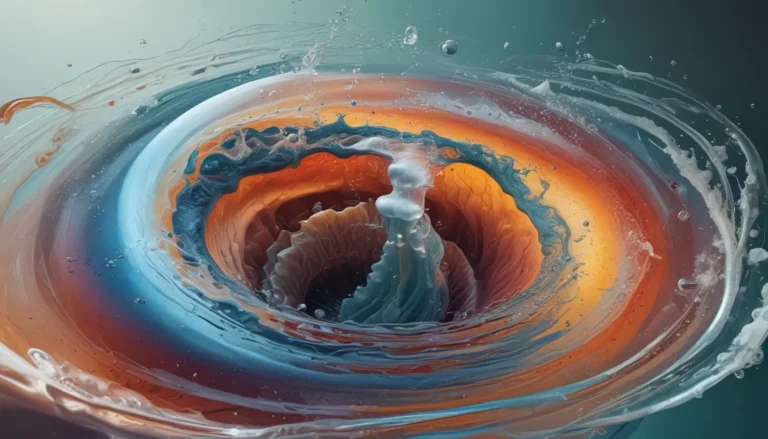A Note About Images: The images used in our articles are for illustration purposes only and may not exactly match the content. They are meant to engage readers, but the text should be relied upon for accurate information.
Refraction, the bending of light as it transitions from one medium to another, is a captivating phenomenon that impacts various aspects of our daily lives. From the formation of rainbows to the functioning of optical devices, the effects of refraction are profound and far-reaching. In this article, we will delve into 11 extraordinary facts about refraction, shedding light on the physics behind this fascinating optical effect and its implications in different fields.
Understanding the Basics of Refraction
Refraction occurs when light moves through different mediums, such as air, water, or glass, causing it to change direction. This bending of light is a fundamental principle that underpins many optical phenomena we encounter in our surroundings. The speed of light changes as it transitions from one medium to another, slowing down in denser mediums like water and speeding up in less dense mediums like air. The amount of bending during refraction is determined by the refractive index of the materials involved, which measures how much the speed of light is reduced in a specific medium.
Real-World Applications of Refraction
-
Creation of Rainbows: When sunlight passes through water droplets in the air, it undergoes multiple reflections and refractions, leading to the formation of a beautiful rainbow.
-
Lens Functionality: Convex lenses, like those in magnifying glasses or eyeglasses, utilize refraction to converge incoming light rays onto a single point, creating a magnified or focused image.
-
Magnification Effects: Refraction can make objects appear larger or smaller depending on the direction of the light rays passing through them.
-
Mirages: Atmospheric refraction on hot days can create the illusion of water or objects that are not actually present, showcasing the deceptive nature of refraction.
Advanced Concepts in Refraction
-
Critical Angle: When light moves from a denser medium to a less dense one, there is a critical angle of incidence. If this angle is surpassed, total internal reflection occurs.
-
Beyond Visible Light: Refraction is not limited to visible light and can occur with other forms of electromagnetic waves such as radio waves, microwaves, and X-rays, each exhibiting its unique refractive index and behavior.
Refraction in Modern Technology
-
Optical Fiber Communication: Refraction plays a crucial role in optical fiber communication systems by enabling the transmission of information through the manipulation of light signals using total internal reflection and controlled refraction.
-
Medical Applications: Refraction is utilized in medical procedures like LASIK eye surgery, where precise manipulation of light is essential for corrective vision treatments.
Deepening Your Understanding of Refraction
Diving into concepts like birefringence, where materials split light into two rays, and exploring the intricacies of Snell-Descartes law and Snell’s law provides a deeper insight into the behavior of light during refraction. These concepts not only enhance our understanding of refraction but also highlight its profound impact on various scientific disciplines.
Conclusion
In conclusion, the world of refraction is filled with wonders that continue to pique the curiosity of scientists and enthusiasts alike. From the formation of rainbows to the intricate workings of optical devices, refraction plays a crucial role in shaping our perception of reality. By exploring these 11 extraordinary facts about refraction, we have uncovered a world of light and optics that is both fascinating and essential to our understanding of the natural world.
Exploring Further
Have these facts about refraction sparked your interest in the world of optics and light? If you’re eager to learn more about this captivating phenomenon, delve into the depths of refraction’s principles and applications to unravel the mysteries of light and its interaction with different mediums.
Remember that light, like life itself, bends and changes as it encounters new experiences. In the same way, refraction molds and shapes our understanding of the world around us, revealing extraordinary insights into the nature of light and its behavior in various mediums. Let curiosity be your guiding light as you embark on a journey through the captivating realm of refraction.






